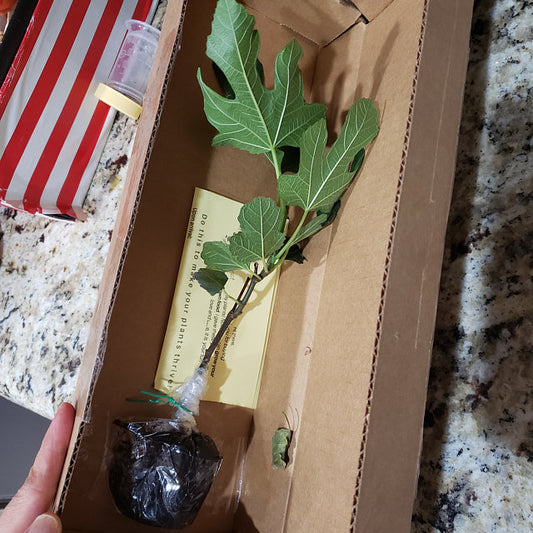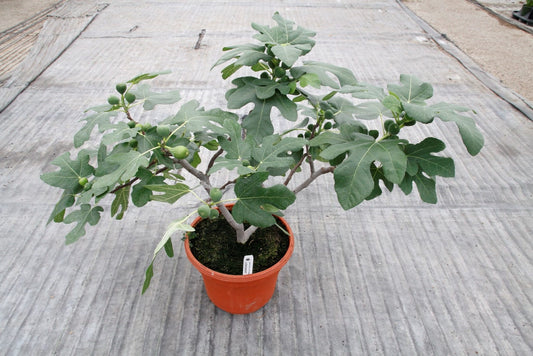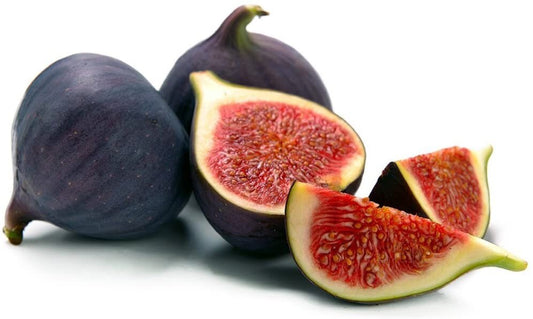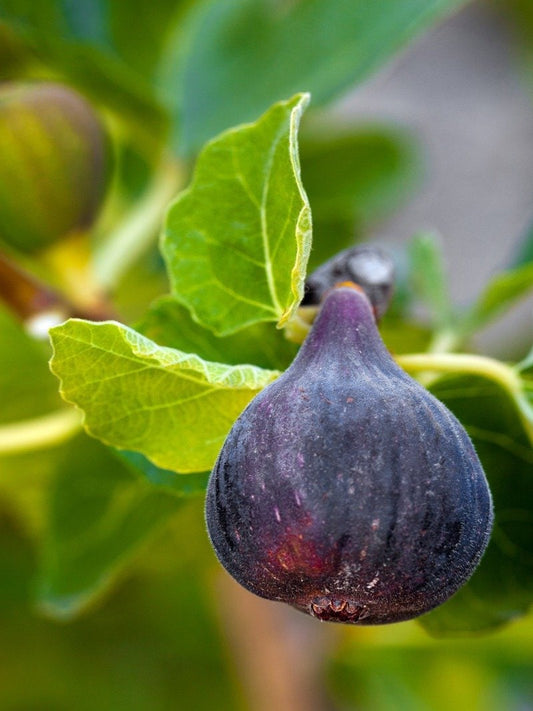Fig trees are a popular choice for container gardening, offering the opportunity to grow fresh figs even in small spaces. Growing a fig tree in a container allows you to control its environment and move it as needed. In this guide, we’ll cover the essential steps for successfully growing fig trees in containers.
Table of Contents
- Choosing the Right Container
- Selecting the Fig Variety
- Potting Mix
- Watering and Fertilizing
- Pruning and Shaping
1. Choosing the Right Container
The first step to growing a fig tree in a container is selecting the right pot. Choose a large container with a diameter of at least 18 inches and a depth of 12 inches. Ensure the container has drainage holes to prevent waterlogging, which can damage the fig tree's roots. A terracotta or plastic pot works well, but consider a rolling base to make moving the container easier.
2. Selecting the Fig Variety
Some fig tree varieties are better suited for container gardening than others. Look for dwarf or semi-dwarf varieties, such as ‘Petite Negra,’ ‘Little Miss Figgy,’ or ‘Celeste,’ which have smaller sizes and adapt well to containers. Choosing the right variety ensures that the fig tree remains manageable and productive in its confined space.
3. Potting Mix
Fig trees thrive in well-draining soil. Use a high-quality potting mix that includes organic matter and perlite or sand for drainage. Avoid using garden soil, as it may compact in the container and hinder the fig tree's growth. Mix in a balanced slow-release fertilizer to provide essential nutrients for the tree’s development.
4. Watering and Fertilizing
Consistent watering is crucial for a healthy fig tree in a container. Water the tree thoroughly, allowing excess water to drain out, and water again when the top inch of soil feels dry. Avoid overwatering, which can lead to root rot. Fertilize the fig tree monthly during the growing season with a balanced fertilizer to promote robust growth and fruiting.
5. Pruning and Shaping
Pruning helps maintain the size and shape of a potted fig tree while encouraging fruit production. Prune the tree in late winter or early spring, removing dead or overcrowded branches. Regularly prune to keep the fig tree compact and well-shaped, focusing on removing inward-growing branches to improve air circulation.
Growing fig trees in containers is a rewarding experience, providing delicious fruit and an attractive addition to your patio or balcony. By choosing the right container and variety, using the correct potting mix, and following proper watering, fertilizing, and pruning practices, you can enjoy the bounty of fresh figs from your very own potted fig tree.







